Technical Drills
Defending Drills
Improve your defensive skills and anticipation with the 1v1 Defending Drill.
1. 1v1 Defending Drill: Set up a small grid and divide the players into pairs. One player is designated as the attacker while the other player defends. The objective is for the defender to prevent the attacker from getting past them and scoring in a mini-goal or reaching a certain area of the field within a time limit. This drill improves defensive positioning, anticipation, and tackling skills.
2. 4v3 Transition Drill: Divide players into two teams – one team with four players (attackers) and another with three (defenders). Position them in an area that mimics game-like scenarios, such as half of a soccer field. The attackers aim to maintain possession and score by successfully passing through or dribbling past defenders while maintaining numerical advantage throughout their attack. This drill enhances quick decision-making skills, teamwork, attacking transitions, and defensive organization.
Passing and Receiving Drills
1. Two-Touch Passing Drill: In this drill, players work in pairs and have to pass the ball back and forth using only two touches. This helps improve their passing accuracy and decision-making under pressure. To add a competitive element, you can introduce a 1v1 challenge where players try to win possession from each other after every pass.
2. Triangle Passing Drill: Set up three cones in the shape of a triangle and have three players stand at each cone. The objective is for the players to pass the ball around the triangle, with one player always moving towards an open cone to create space for themselves or their teammates. This drill improves communication, movement off the ball, and passing accuracy in tight spaces.
3. Wall Pass Drill: Divide your players into groups of four or more and have them line up facing a wall. One player starts by passing the ball against the wall before receiving it back from another teammate who moves into position quickly after making their own pass against the wall. This drill enhances quick thinking, combination play (such as give-and-go), and spatial awareness among teammates in a 4v4 or 7v7 game scenario situation on field.
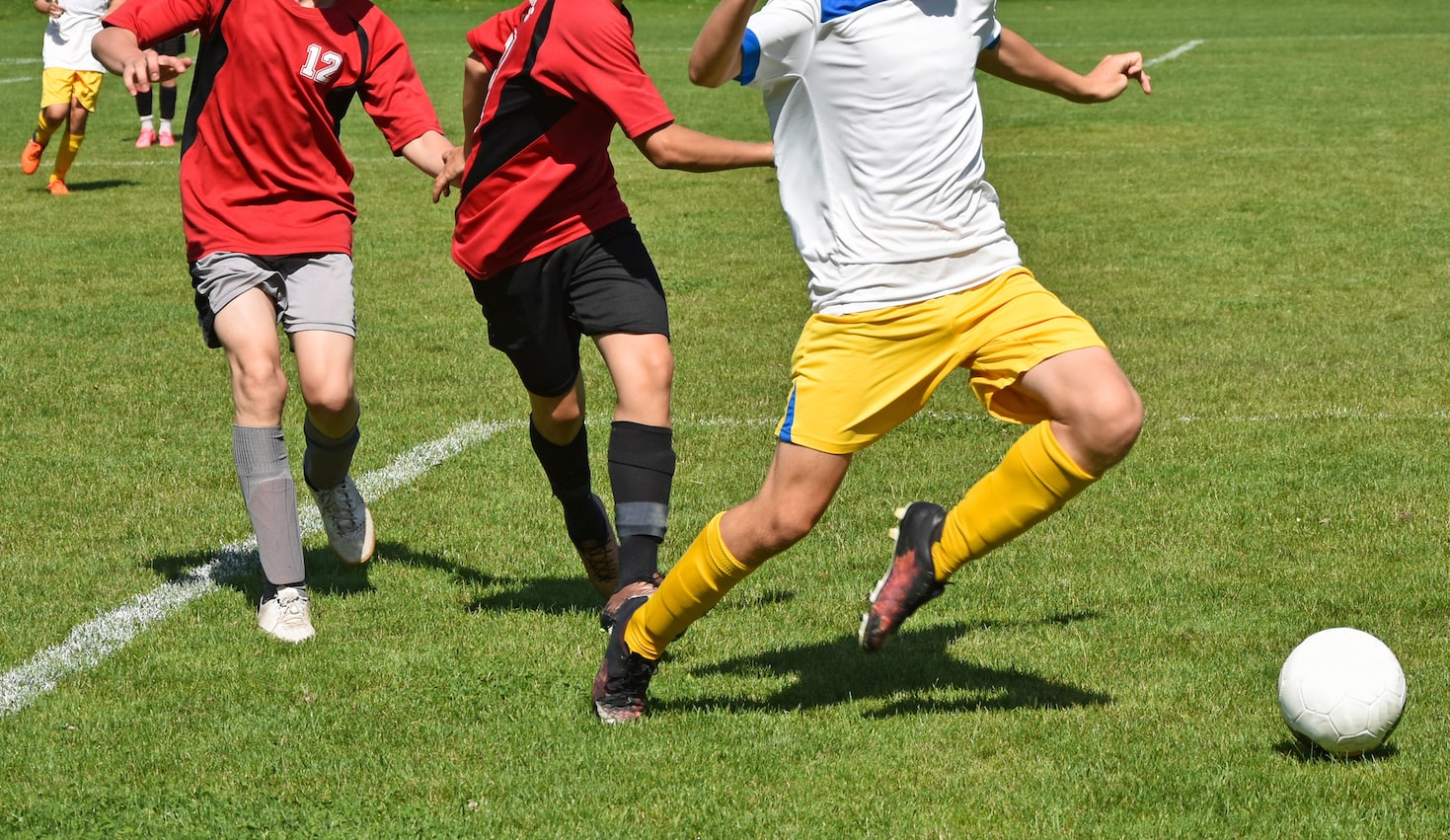
Dribbling Drills
- Dribble Around Cone Course: Set up a course using cones and challenge players to dribble through them as quickly as possible, emphasizing control and agility.
- Zig-Zag Dribbling with Speed: Create a zig-zag pattern with cones and have players dribble through them at high speed, focusing on quick changes of direction while maintaining ball control.
- One-on-One Dribbling Challenge: Set up 1v1 situations where players must dribble past each other, encouraging creativity and the use of different moves to beat opponents.
Shooting Drills
1. Finishing from Crosses Drill: In this 4v3 drill, set up a small goal and have three attackers positioned inside the box while four defenders cover them. The coach serves crosses from different angles and distances, challenging the attackers to finish with accuracy and power. Emphasize timing of runs, communication between players, and using various parts of the body to redirect or strike the ball.
2. Shooting Accuracy Challenge: Create a 7v7 game on a reduced field size with two goals at each end. Divide players into teams and provide each player with numbered bibs or vests for identification purposes. Assign specific target areas within the goalposts that players must hit in order to score points for their team. Encourage quick decision-making, accurate shooting technique, and strategic positioning to maximize scoring opportunities.
3.Technique Training: Inside of the Foot Shot - Set up cones forming a large semi-circle around the penalty area at different distances from goal (e.g., 10 yards, 15 yards). Players take turns receiving passes near each cone before quickly taking shots using only the inside part of their foot. Focus on proper body alignment, balance, striking technique, and aiming for specific target areas within or beyond reach of opposing goalkeeper's diving saves.
Tactical Drills
Positional Play Drills
Creating space and movement: Positional play drills are essential for teaching players how to create space and make effective movements on the field. These drills focus on positioning and decision-making, helping players understand how to find gaps in the opposition's defense and exploit them. By practicing these drills, players can develop their spatial awareness, improve their ability to read the game, and enhance their overall attacking prowess, particularly in a diamond.
Building tactical understanding: Positional play drills also help build a strong foundation of tactical understanding among U18 soccer players. These drills simulate real-game situations that require quick thinking, good decision-making skills, and effective communication with teammates. Through repetitive practice of these drills, players learn how different positions interact with each other on the pitch, develop an understanding of team shape and structure, as well as grasp various offensive and defensive strategies.
Enhancing communication and teamwork: Effective communication is crucial in soccer matches. Positional play drills provide opportunities for U18 athletes to work on their verbal cues as well as non-verbal signals such as eye contact or gestures. Encouraging clear instructions between teammates during these exercises fosters better coordination within the team during games. Moreover
Attacking and Defending Drills
Improving attacking combinations is crucial for a successful offense. Incorporate these drills into your training sessions to enhance coordination and understanding between players on the field:
- Small-sided games with specific passing patterns
- Overlapping runs and through-ball exercises
- Shooting drills with quick one-touch finishes
Developing defensive organization is key to preventing goals. Try these drills to solidify your team's defense:
- Defending in pairs, focusing on communication and positioning
- Pressuring the ball carrier while maintaining shape as a unit
- Transitioning quickly from attack to defense using pressure-cover-balance principles
Enhancing counter-pressing skills can give your team an advantage during rapid turnovers. Practice these drills to improve immediate pressing after losing possession:
- Quick reaction sprints towards the opposing player in possession
- Timing interceptions by cutting off passing lanes intelligently
- Switching from individual pressing tactics to collective pressure when necessary
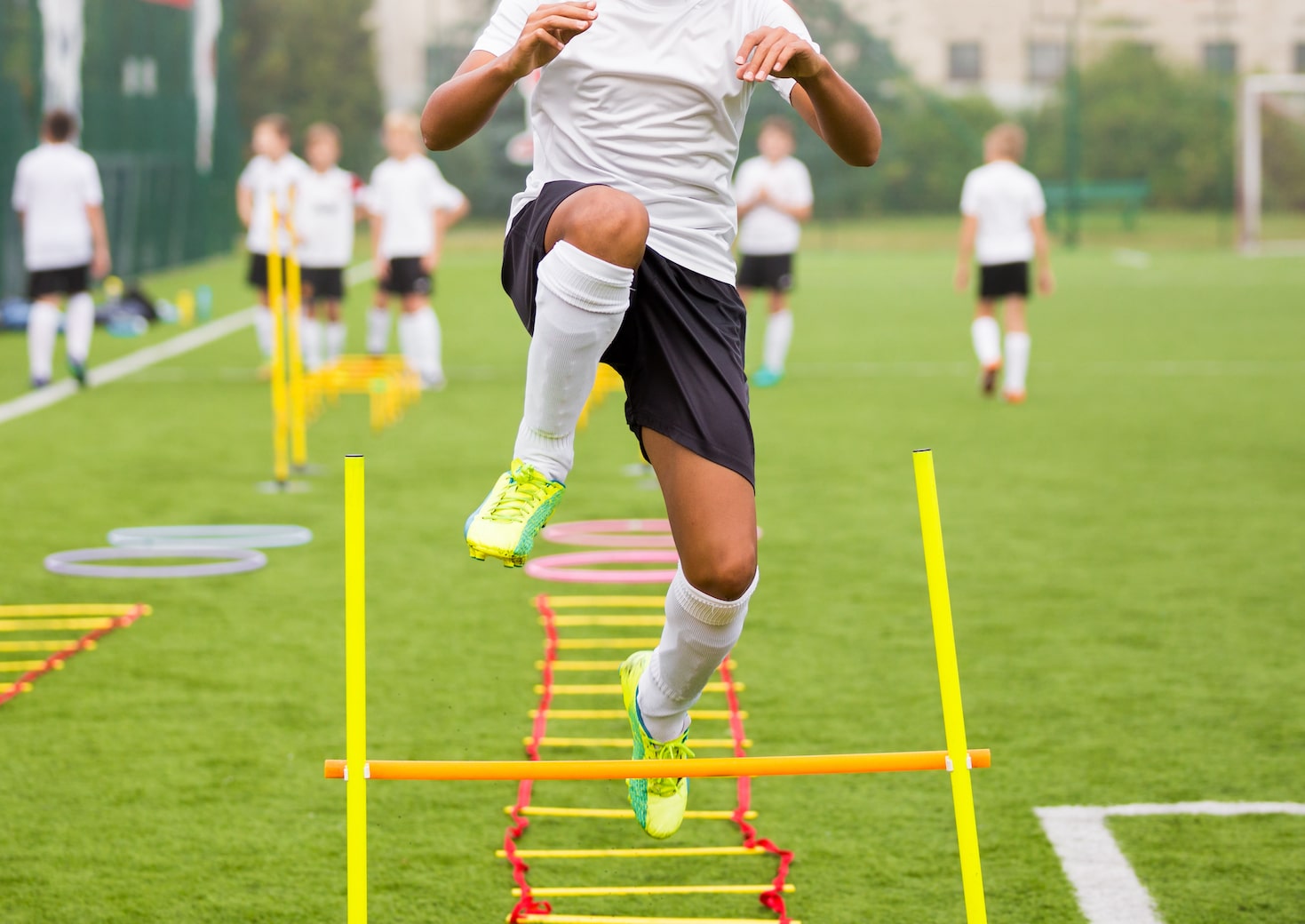
Physical Conditioning Drills
Speed and Agility Drills
Shuttle Runs:
Shuttle runs are a fantastic drill to improve speed and agility in soccer players. Set up two gates about 10 yards apart, and have the players sprint back and forth between them as quickly as possible. This drill not only improves acceleration, but also helps with change of direction and quickness off the mark.
Ladder Drills:
Ladder drills are another great way to enhance speed and agility on the soccer field. Lay out an agility ladder on the ground, and have players perform various footwork exercises through it. This includes high knees, lateral shuffles, quick feet, and crossover steps. Ladder drills help improve coordination, balance, and overall foot speed.
Cone Weave Drill:
The cone weave drill is perfect for improving both speed and agility in soccer players. Set up a row of cones spaced about 2-3 yards apart from each other. Have the players zigzag through the cones at top speed while maintaining control of the ball or without touching any cones if done without a ball. This exercise helps develop sharp turns, dribbling skills, and quickness on their feet.
By incorporating shuttle runs, ladder drills, and cone weave into your training circuits, you can effectively enhance your U17, U18, or U19 team's speed, power, and performance levels. These dynamic drills won't just make your athletes faster, but they will also turn them into more agile, strategic, and well-rounded soccer players
Endurance Drills
Interval training is a valuable endurance drill for U18 soccer players. This type of training involves alternating between high-intensity bursts and periods of rest or lower intensity. It helps to improve aerobic capacity, speed, and recovery time on the field.
Suicide runs are another effective endurance drill for U18 soccer players. These drills involve sprinting back and forth between predetermined points on the field, gradually increasing the distance with each repetition. They help to build stamina, agility, and mental toughness.
Small-sided games can also be used as an endurance drill in U18 soccer training sessions. These games provide continuous action with limited space, forcing players to constantly move without much downtime. They simulate game-like conditions while improving cardiovascular fitness and decision-making skills on the field.
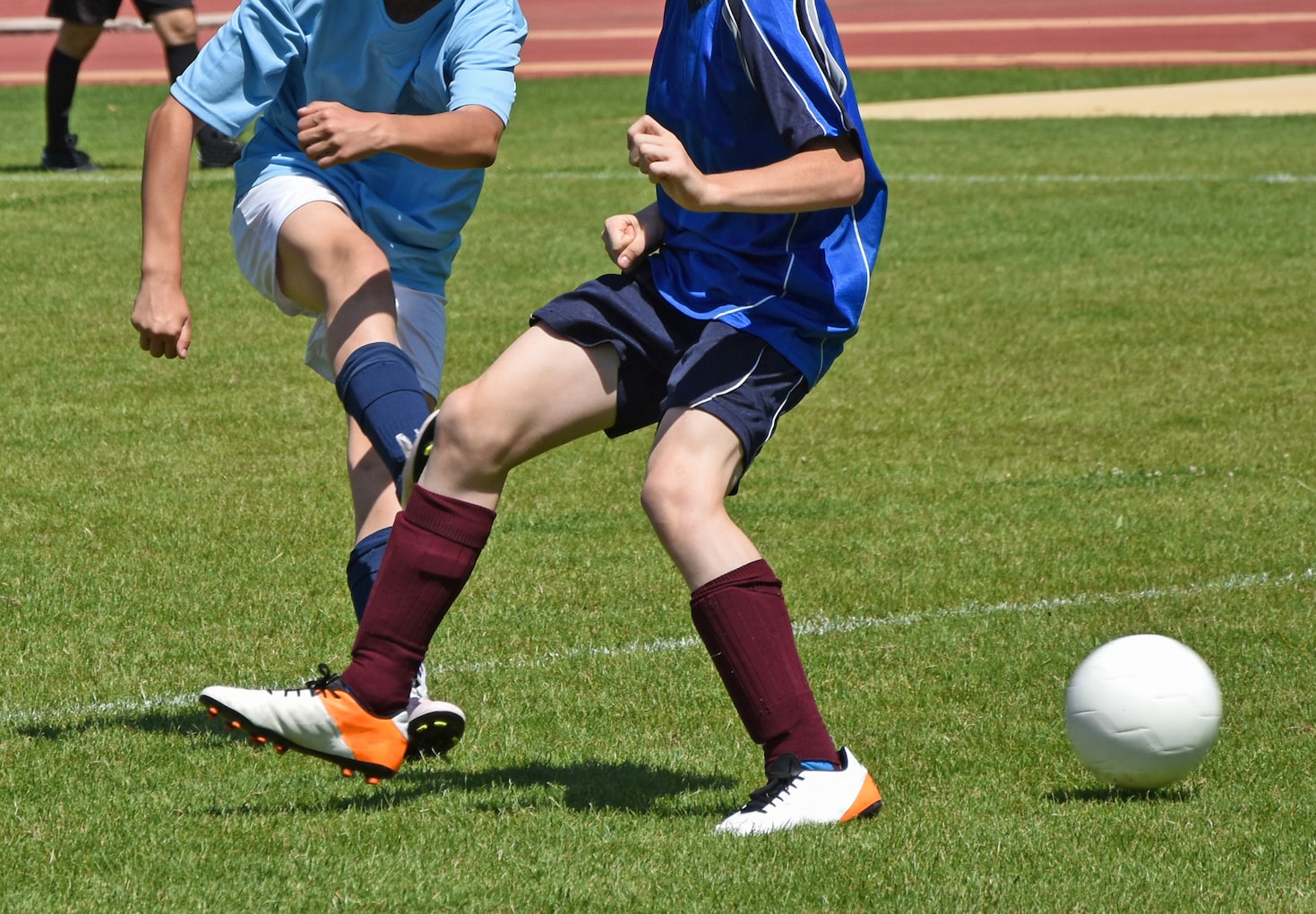
By incorporating interval training, suicide runs, and small-sided games into their coaching strategies, coaches can help U18 soccer players develop their endurance levels effectively while keeping them engaged in dynamic training sessions that simulate real-game situations.
Goalkeeping Drills
Basic Goalkeeping Techniques
Positioning is a crucial aspect of goalkeeping technique. A goalkeeper must always be aware of their position in relation to the goal and the field, constantly adjusting to stay in the optimal spot. This allows them to react quickly and effectively to any shots or crosses that come their way.
Effective communication is essential for successful goalkeeping. Goalkeepers need to communicate with their defenders, providing instructions and organizing the defense during play. Clear communication helps prevent confusion and ensures that everyone knows their role, creating a stronger defensive unit.
Distribution skills are vital for goalkeepers as they often play an important role in starting attacks from the back. Good distribution allows goalkeepers to quickly distribute the ball accurately and efficiently after making saves or receiving back passes, helping maintain possession and launch counterattacks.
Shot Stopping Drills
Reaction Saves: One of the most crucial skills for goalkeepers is their ability to make quick reaction saves. Practice this by setting up a drill where you have multiple players taking shots from different angles and distances. The goalkeeper must react quickly and adjust their body position to make the save.
Diving Techniques: Diving properly can greatly improve a goalkeeper's chances of making a save. Incorporate diving drills into your training sessions, focusing on proper technique and body positioning. Encourage goalkeepers to fully extend their bodies when diving for maximum reach and effectiveness.
Dealing with Crosses: Crosses can be challenging for goalkeepers, but with the right drills, they can learn to effectively deal with them. Set up scenarios where crosses are delivered from different areas of the field, forcing goalkeepers to anticipate and position themselves correctly. Teach them techniques such as punching or catching the ball, while also emphasizing communication with defenders to ensure effective defense against crosses.
Coaching Points
Creating a Positive Learning Environment
Building trust and rapport with players is essential in creating a positive learning environment. By establishing strong relationships, coaches can create an atmosphere where players feel comfortable taking risks, asking questions, and expressing themselves freely. This can be achieved through open communication, active listening, and showing genuine interest in the players' development.
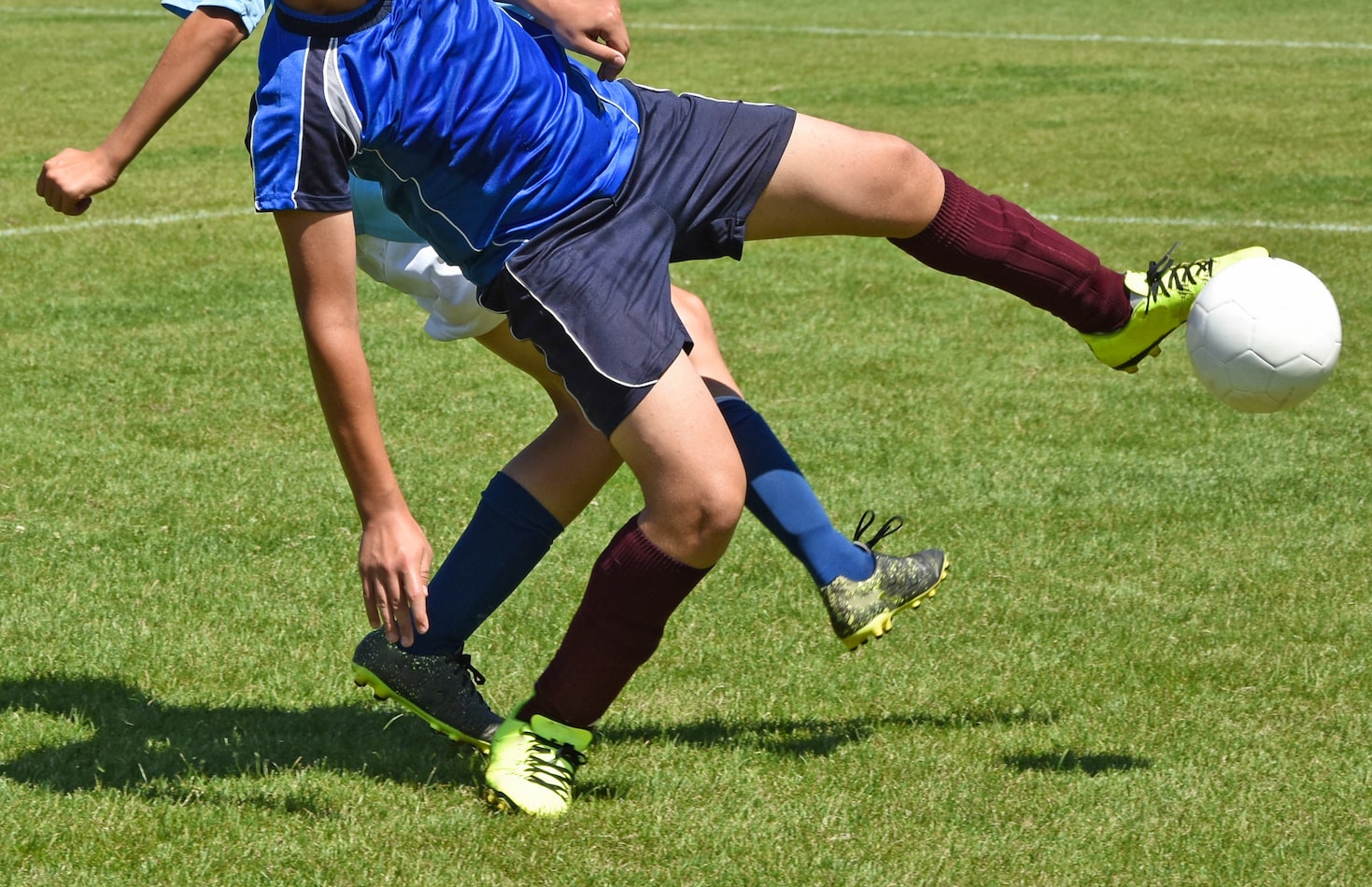
Providing constructive feedback and encouragement helps players grow both on and off the field. Coaches should focus on highlighting areas of improvement while also acknowledging their strengths to maintain motivation and confidence. Feedback should be specific, actionable, and delivered in a supportive manner that encourages growth rather than discourages mistakes.
Fostering a culture of inclusivity and respect ensures that every player feels valued as part of the team regardless of their background or skill level. Coaches must promote equal opportunities for participation, encourage teamwork among players from diverse backgrounds or abilities, address any instances of discrimination promptly, and set clear expectations for respectful behavior both on the field during training sessions.
- Establish open lines of communication
- Actively listen to player concerns
- Show interest in individual player development
- Provide specific feedback for improvement
- Acknowledge strengths during feedback
- Encourage risk-taking without fear of failure
- Promote inclusivity among all team members
- Address instances of discrimination promptly
Effective Communication with Players
Clearly explaining instructions and expectations is crucial for effective communication with players. Coaches should use simple and concise language to ensure that players fully understand what is expected of them during drills and training sessions. Additionally, active listening plays a vital role in understanding player concerns. By attentively listening to their feedback and addressing any issues they may have, coaches can create an open line of communication that fosters trust and cooperation. Lastly, using visual aids or demonstrations can greatly enhance player understanding. By providing visual examples or physically showing the correct technique, coaches can help players better grasp concepts and improve their skills on the field.
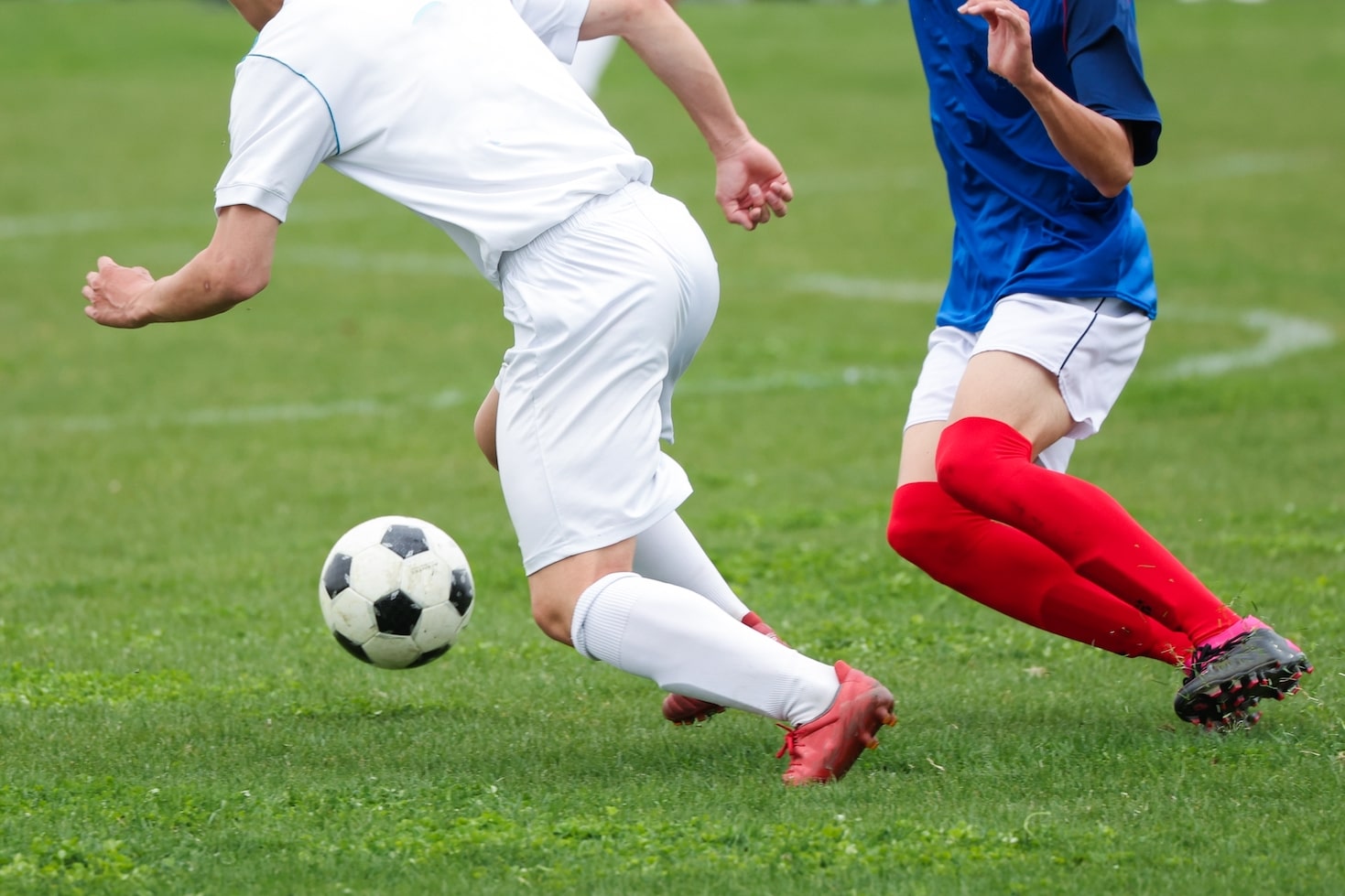
Progressive Skill Development
Designing drills in a progressive manner is crucial for the skill development of U18 soccer players. By building on previously learned skills, players can continue to grow and develop their abilities. Incorporating game-like scenarios into drills helps simulate real match situations, allowing players to practice decision-making and tactical awareness. Furthermore, challenging players by gradually increasing the difficulty level of drills pushes them out of their comfort zones and fosters growth and improvement.
- Design drills that build on previous skills learned
- Incorporate game-like scenarios to simulate real match situations
- Challenge players by gradually increasing the difficulty level of drills


Improve Your GameJust 1.99 p/m
Exclusive drills and sessions, get involved today!
- 100’s of Drills
- Coach to Camera Videos
- Sessions from Pro’s
- Industry Leading Advice
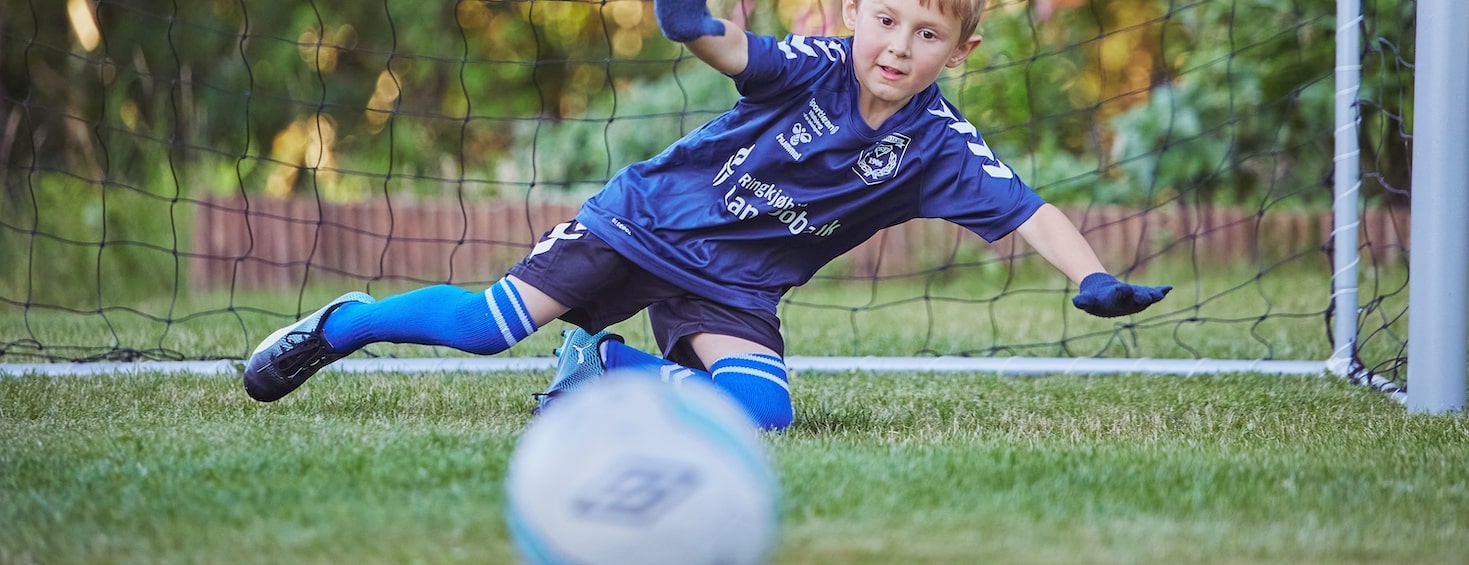

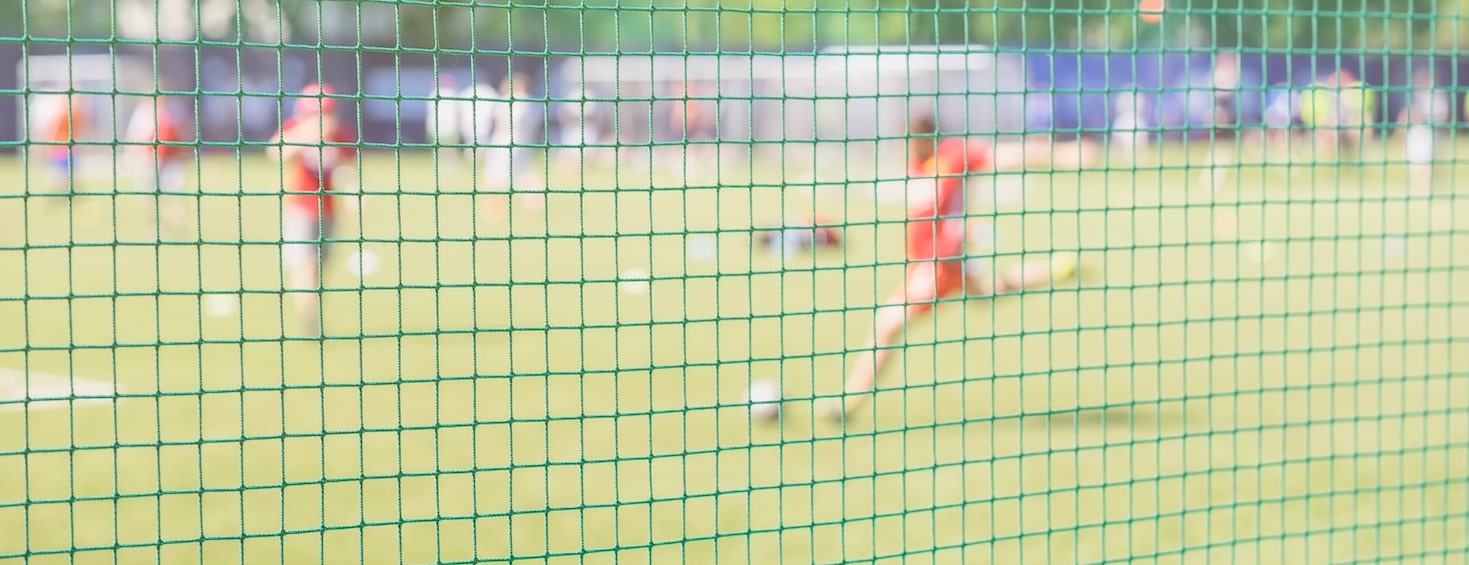
Cupello
Rethinking soccer coaching via our industry leading tools. Built to offer effective coaching development solutions for players and coaches of all levels.